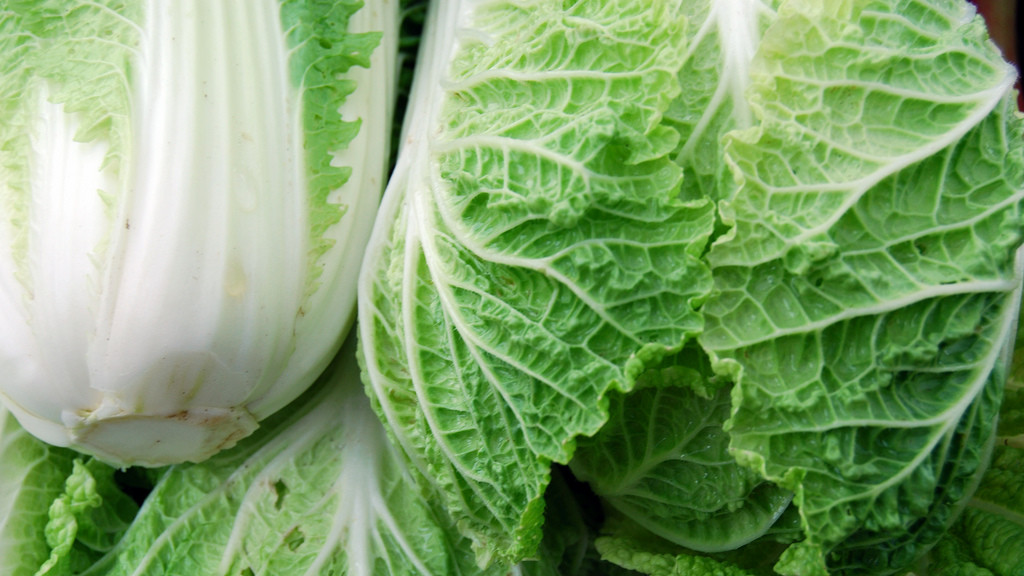There unfortunately hasn´t been a guidance on which ones are the most nutritious. So we should focus on above others. Nutritional experts say that we should eat dark green and leafy. It can vary in how much nutrition each green entails. To our luck, someone decided to measure how much nutrients they have.
Jennifer Di Noia from William Paterson University decided to make a study about this. She wanted to find out which fruits and vegetables had the highest nutrient content. The result was published in the Centers for Disease Control´s Preventing Chronic Disease.
Di Noia focused on 17 nutrients. Nutrients that experts consider important to good health. Especially to lowering risk of heart disease and cancer. They are potassium, fiber, protein, calcium, iron, thiamin, riboflavin, niacin, folate, zinc, and the vitamins A, B6, B12, C, D, E and K.
She then calculated how many nutrients they contained per calorie of energy they provided. The higher value the more superpower it was in food terms.
She admits the list is not complete. It does not contain all the phytochemical or compounds in a foods nutritional profile.
The scores are all in proportion of the highest ranking, i.e. watercress that scored a perfect 100. Getting 100% of essential vitamins and mineral from a 100 gram serving.
Here is the top ten from that list in reverse order – I suggest you add them all to your diet or sallad:
10. Collard Greens – had a nutrient density score of 62.49
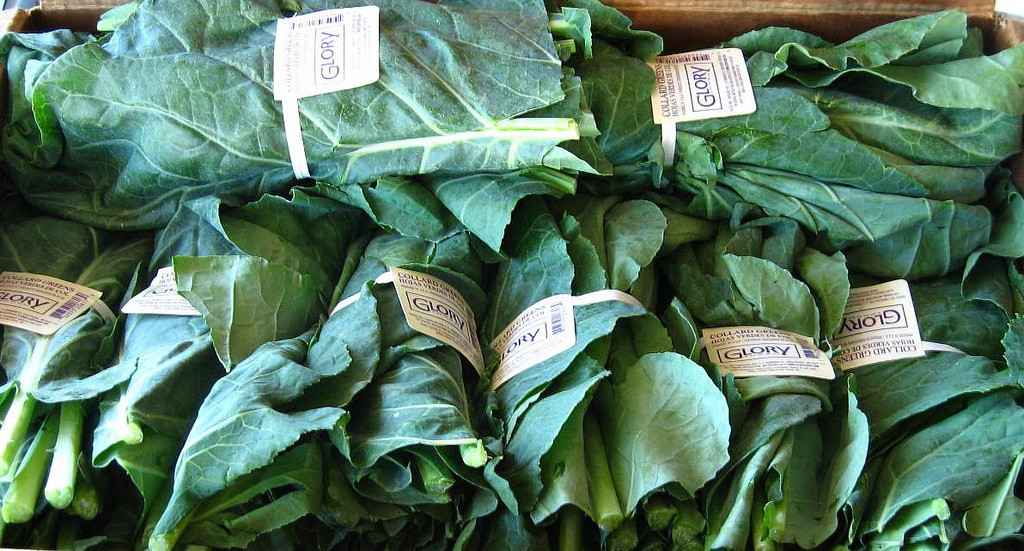
9. Romaine Lettuce – had a nutrient density score of 63.48
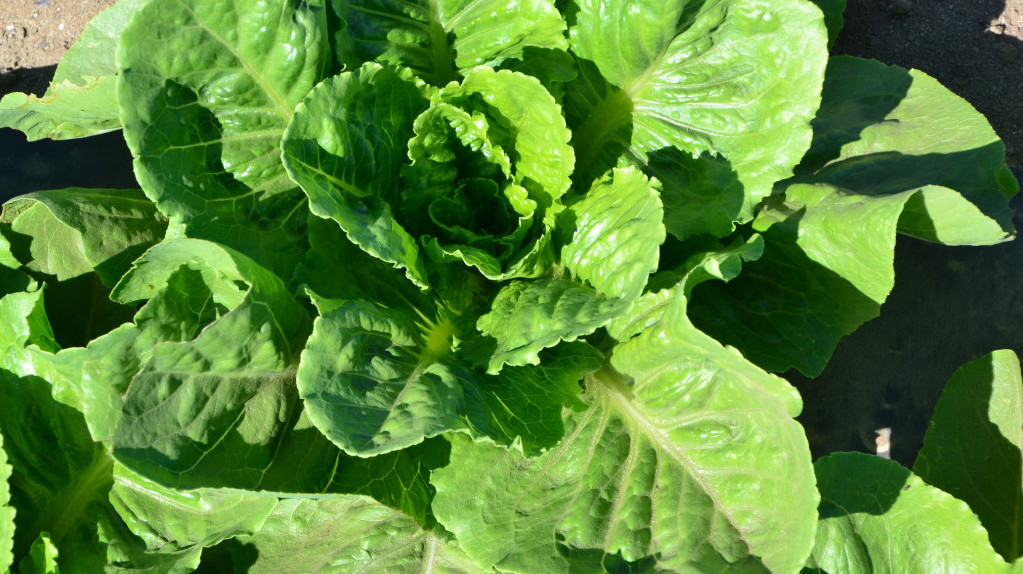
8. Parsley – had a nutrient density score of 65.59
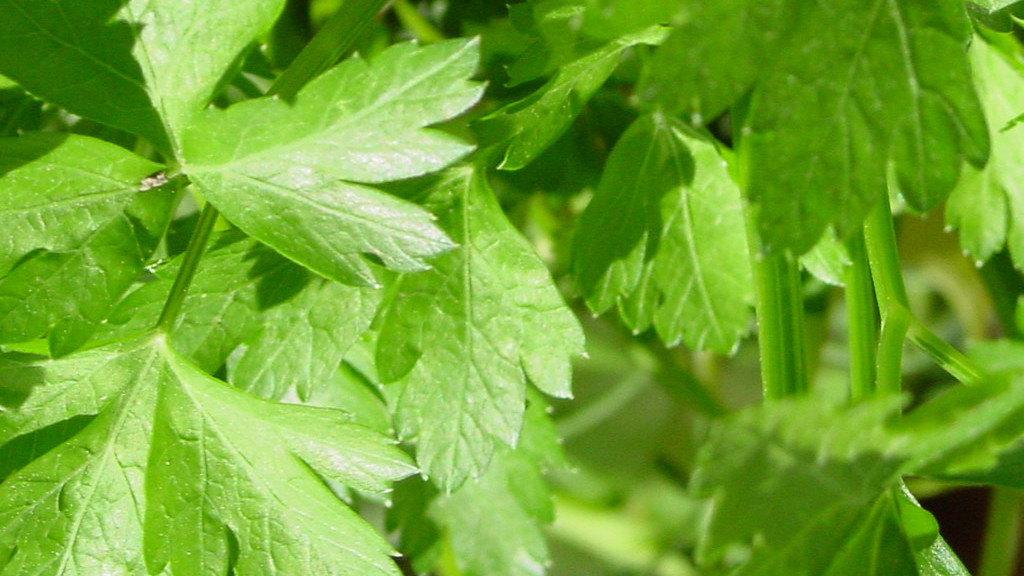
7. Leaf Lettuce – had a nutrient density score of 70.73
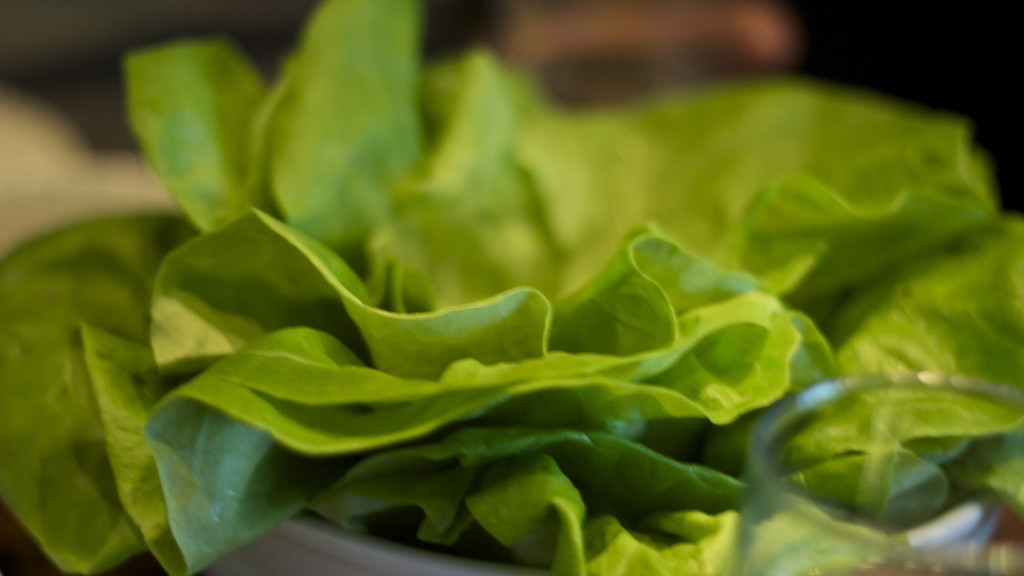
6. Chicory – had a nutrient density score of 73.36
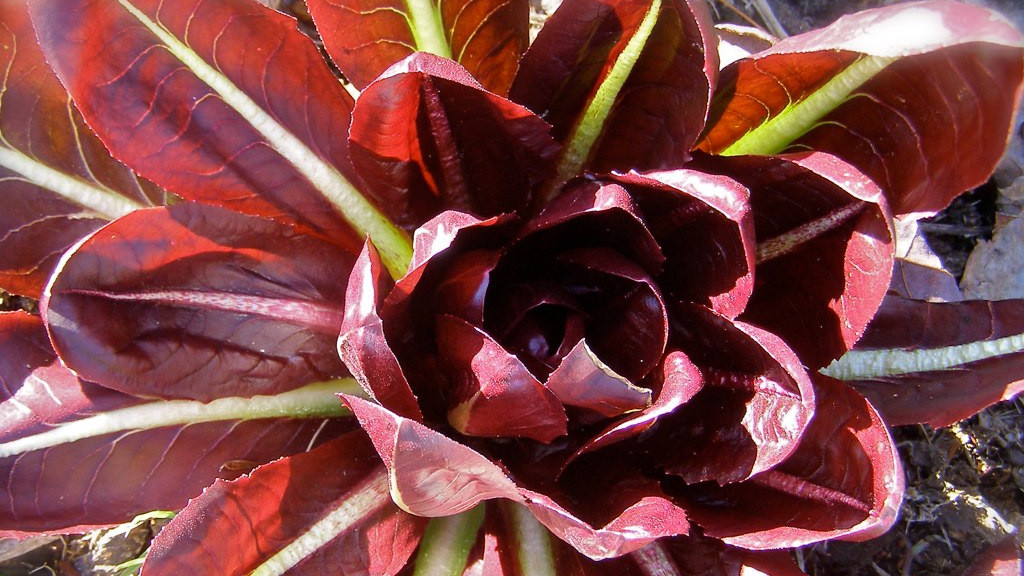
5. Spinach – had a nutrient density score of 86.43

4. Beet Greens – had a nutrient density score of 87.08
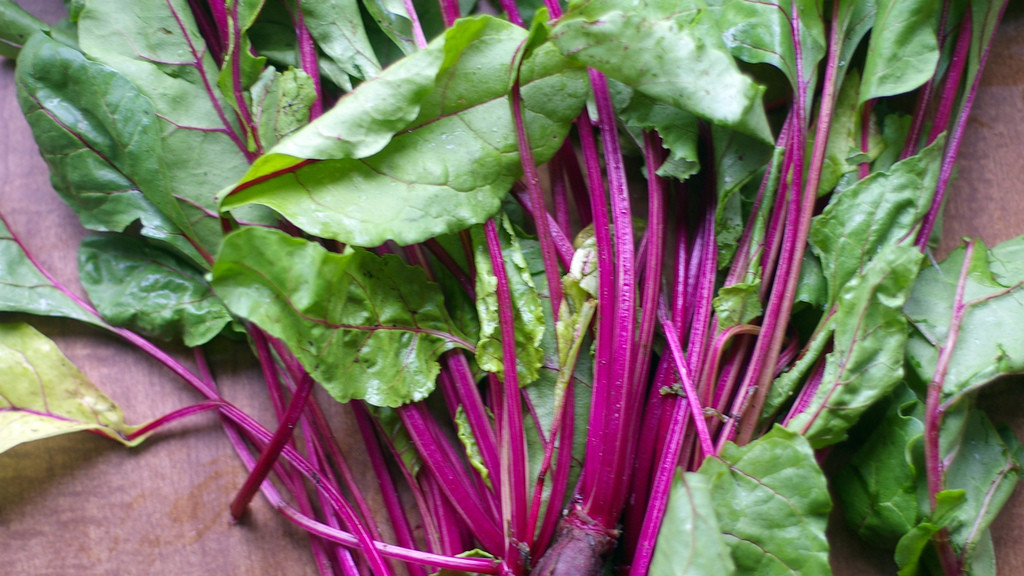
3. Chard – had a nutrient density score of 89.27
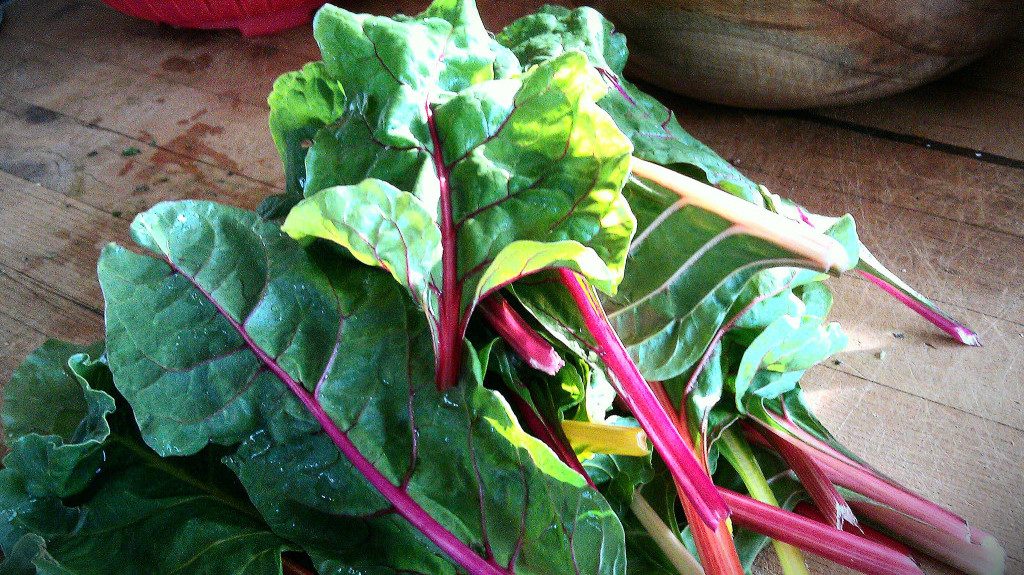
2. Chinese Cabbage – had a nutrient density score of 91.99
